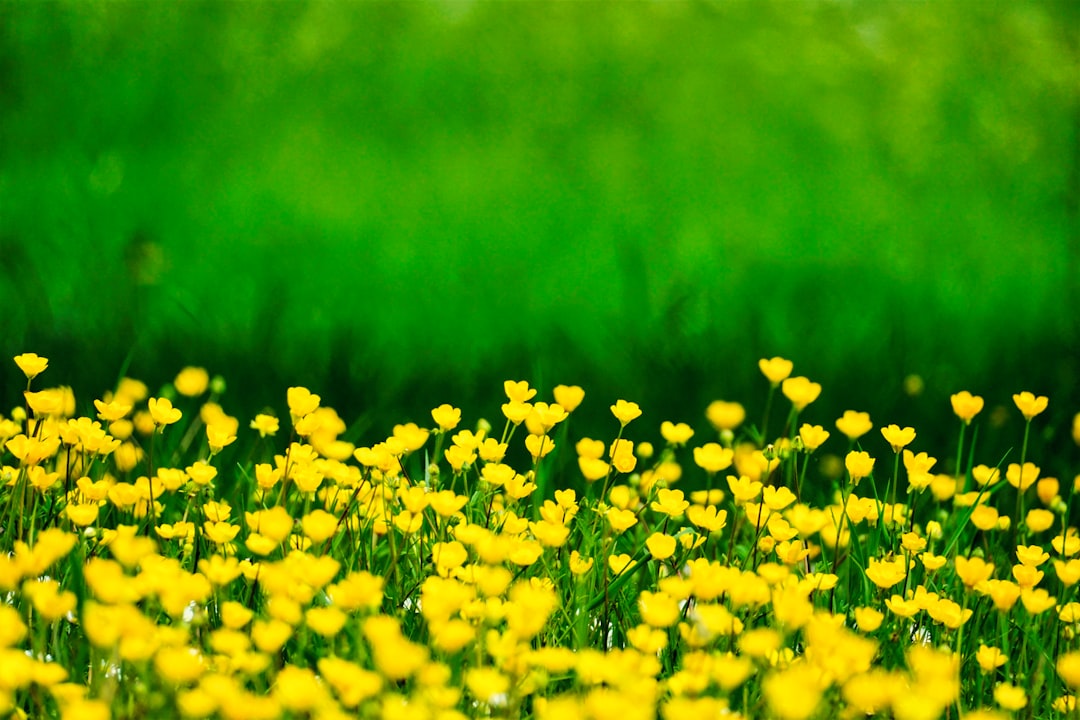Unveiling the Wonders of Mountain Mint in Your Garden

In the realm of gardening, there exists a hidden gem that combines beauty, functionality, and ecological value — mountain mint. This native perennial plant is a true marvel, boasting silvery - white flowers that are a magnet for pollinators and aromatic leaves that act as a natural deterrent for deer and rabbits. Let's embark on a journey to discover how to cultivate this wonderful plant in your very own garden.
Mountain mint, scientifically known as Pycnanthemum, belongs to the mint family, Lamiaceae. Its distinct appearance makes it stand out in any garden setting. The silvery - white flowers are not only visually appealing but also serve a crucial ecological purpose. Pollinators such as bees, butterflies, and hummingbirds are irresistibly drawn to these blossoms. Bees, in particular, play a vital role in the ecosystem by facilitating the pollination of various plants, including many of the fruits and vegetables we enjoy. When you plant mountain mint in your garden, you are essentially creating a haven for these important creatures.
One of the most remarkable features of mountain mint is its aromatic leaves. The strong scent emitted by these leaves is unappealing to deer and rabbits. These animals often cause significant damage to gardens by munching on plants. However, with mountain mint around, you can protect your other precious plants from being devoured. The natural repellent properties of mountain mint make it an excellent companion plant for a wide range of garden species.
Now, let's delve into the process of growing mountain mint in your garden. First and foremost, you need to select the right location. Mountain mint thrives in full sun to partial shade. It can tolerate a variety of soil types, but well - drained soil is ideal. If your soil is heavy clay or tends to hold water, you can improve its drainage by adding organic matter such as compost or well - rotted manure. This will create a more favorable environment for the roots of the mountain mint to grow and spread.
When it comes to planting mountain mint, you have a few options. You can start from seeds, cuttings, or purchase young plants from a nursery. If you choose to start from seeds, sow them indoors about 6 - 8 weeks before the last frost date. Use a seed - starting mix and lightly cover the seeds with a thin layer of soil. Keep the soil moist but not waterlogged. Once the seedlings have developed a few sets of true leaves, they can be transplanted outdoors.
If you opt for cuttings, take 4 - 6 inch cuttings from a healthy mountain mint plant in the spring or early summer. Remove the lower leaves and dip the cut end in rooting hormone. Plant the cuttings in a pot filled with a well - drained potting mix. Keep the pot in a warm, bright location and mist the cuttings regularly to maintain humidity. Once the cuttings have rooted, they can be planted in the garden.
When planting mountain mint in the garden, space the plants about 18 - 24 inches apart. This will allow them enough room to grow and spread without overcrowding. Water the newly planted mountain mint thoroughly to help it establish its roots. After that, mountain mint is relatively low - maintenance. It only needs regular watering during dry spells, especially in the first year of growth. Once established, it is quite drought - tolerant.
Fertilization is not usually necessary for mountain mint. However, if your soil is poor in nutrients, you can apply a balanced, slow - release fertilizer in the spring. Avoid over - fertilizing, as this can lead to excessive foliage growth at the expense of flower production.
Pruning is an important aspect of maintaining mountain mint. You can prune the plant in the spring to remove any dead or damaged branches. This will encourage new growth and a more compact shape. You can also cut back the plant after it has finished flowering to prevent it from self - seeding too aggressively. If you want to control its spread, you can dig up and divide the plants every few years in the spring or fall.
In addition to its ecological and aesthetic benefits, mountain mint has some practical uses as well. You can harvest the leaves and use them to make herbal tea. The tea has a refreshing, minty flavor and may have some health benefits. You can also dry the leaves and use them in potpourri or sachets to add a pleasant fragrance to your home.
In conclusion, mountain mint is a versatile and valuable addition to any garden. Its ability to attract pollinators, deter pests, and add beauty to the landscape makes it a must - have plant. By following the simple steps outlined above, you can successfully grow mountain mint in your garden and enjoy all the wonders it has to offer.